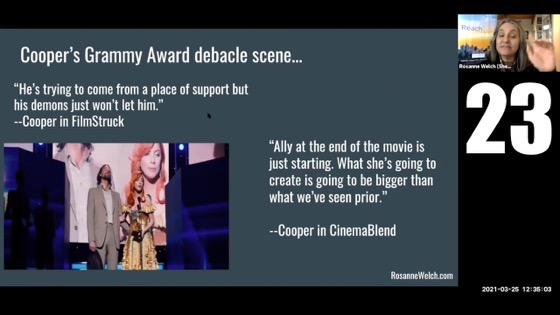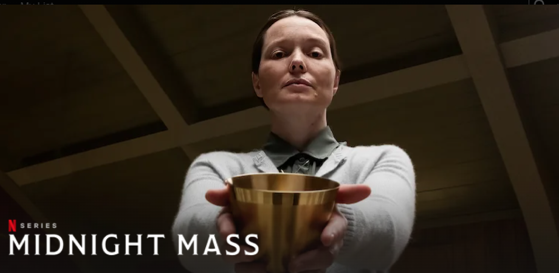Many thanks to Janice Law of the American Women Writers National Museum who invited me to give a short talk on The Women of Early TV.
I enjoyed sharing the names and careers of women like Peg Lynch, Gertrude Berg, Selma Diamond, and D.C. Fontana to the members who gathered on Zoom last Wednesday morning. There are so many more I could have talked about whose names don’t appear in mainstream books about the history of television so we have to learn who they are and carry those names forward ourselves. It’s one of the missions of the Stephens College MFA in TV and Screenwriting – and has been one of my missions all my life.

Transcript:
Desilu Productions gave the world Star Trek, a program that is credited with saving Paramount Studios from going bankrupt. This program became, as you know, such a cult following that it was followed into rerun after rerun after reruns for so many years. It’s one of the first television shows anyone thought to make into a feature film story. No one had done that with an earlier tv show before but they felt they had enough fans going in that they could get away with it and certainly the first one was not considered as critically wonderful but the second one, The Wrath of Khan, was considered one of the classic films and one of the best films in the Star Trek series and this series is so important, of course, was even rebooted with an entirely new cast right? So this story has gone on and on. We also know that it went into Star Trek: The Next Generation. It went into Star Trek Discovery. There’s now Star Trek: Picard. All of these shows have been very important in getting female writers started in the business. If you sold an episode to a Star Trek — any of the various franchises — you were considered a serious writer and you move forward. People like Jane Espenson and all kinds of women have moved forward from Star Trek.
Many thanks to Janice Law of the American Women Writers National Museum who invited me to give a short talk on The Women of Early TV.
I enjoyed sharing the names and careers of women like Peg Lynch, Gertrude Berg, Selma Diamond, and D.C. Fontana to the members who gathered on Zoom last Wednesday morning. There are so many more I could have talked about whose names don’t appear in mainstream books about the history of television so we have to learn who they are and carry those names forward ourselves. It’s one of the missions of the Stephens College MFA in TV and Screenwriting – and has been one of my missions all my life.
Watch this entire presentation
Women pioneers who created, produced, or shepherded many of America’s most wildly popular, early television programs will be profiled by Dr. Rosanne Welch.
Podcast: Play in new window | Download
Subscribe: RSS
![10 Star Trek From Women in Early TV for the American Women Writers National Museum [Video]](https://rosannewelch.com/wp-content/uploads/2022/02/rmw-visible-stars-early-tv-10.jpg)

![01 Introduction from The Difficulties and Delicacies of Writing the First Female Doctor in 50+ years [Video]](https://rosannewelch.com/wp-content/uploads/2022/02/rmw-whocon-2021-chibnall-01.jpg)
![35 Finding The Time To Write...from Worry and Wonder | The Courier Thirteen Podcast [Video]](https://rosannewelch.com/wp-content/uploads/2022/02/rmw-courier-13-35.jpg)
![27 The Fuller Biographies from Concord Days: Margaret Fuller in Italy [Video]](https://rosannewelch.com/wp-content/uploads/2022/02/rmw-concord-day-2021-fuller-rome-27.jpg)

![09 Other Desilu Shows From Women in Early TV for the American Women Writers National Museum [Video]](https://rosannewelch.com/wp-content/uploads/2022/01/rmw-visible-stars-early-tv-09.jpg)

![26 An Italian In America? from Concord Days: Margaret Fuller in Italy [Video]](https://rosannewelch.com/wp-content/uploads/2022/01/rmw-concord-day-2021-fuller-rome-26.jpg)

